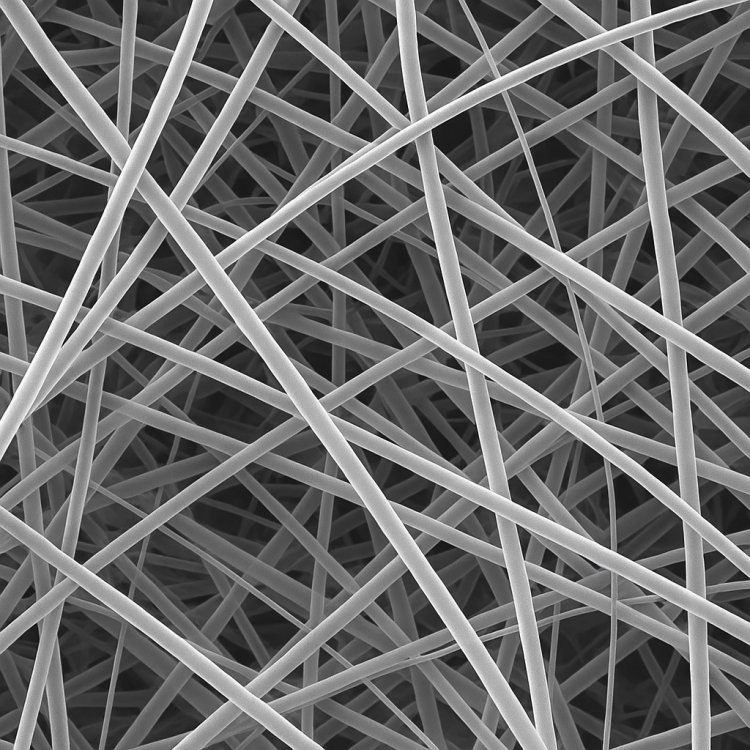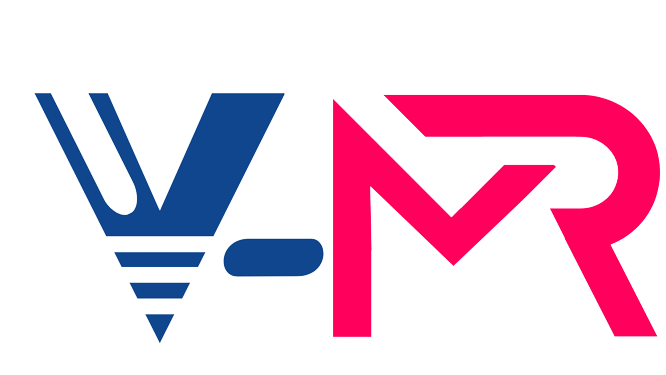Nanofibers Market Analysis 2025: Trends, Growth, Opportunities & Regional Insights
Explore the global nanofibers market with in-depth analysis of market dynamics, top trends, challenges, opportunities, and regional insights. Discover key findings and future growth prospects in healthcare, filtration, energy, and more.

Nanofibers Market: A Comprehensive Analysis of Growth, Trends, and Opportunities
The nanofibers market has emerged as a dynamic and rapidly evolving sector within the broader field of advanced materials. Nanofibers, defined as fibers with diameters less than 100 nanometers, possess unique properties such as high surface area-to-volume ratio, superior mechanical strength, and remarkable flexibility. These characteristics have positioned nanofibers as a critical component in various industries, including healthcare, filtration, energy, and textiles. The market’s growth is primarily driven by increasing demand for high-performance materials in medical applications, rising environmental concerns necessitating advanced filtration solutions, and ongoing research and development activities aimed at expanding the application scope of nanofibers. As industries continue to seek innovative solutions for complex challenges, the nanofibers market is expected to witness robust expansion in the coming years.
According to analysts at Vantage Market Research, the global Nanofibers Market is valued at USD 2.78 billion in 2024 and is projected to reach a value of USD 8.76 billion by 2035 at a CAGR (Compound Annual Growth Rate) of 11.00% between 2025 and 2035. A nanofiber is an extremely thin fiber with a diameter typically less than 100 nanometers (nm), which is about 1,000 times thinner than a human hair. Nanofibers are made from various materials, including polymers, carbon, ceramics, and metals, and are produced using techniques such as electrospinning, self-assembly, or template synthesis.
Get a Sample Copy:- https://www.vantagemarketresearch.com/nanofibers-market-1204/request-sample
Key characteristics of nanofibers include:
- High surface area-to-volume ratio: This property makes them highly effective for applications like filtration, sensors, and drug delivery.
- Superior mechanical strength: Despite their tiny size, nanofibers can be very strong and flexible.
- Porosity: Nanofiber mats often have a network of tiny pores, making them ideal for use in membranes and scaffolds.
Applications of nanofibers:
- Medical: Wound dressings, tissue engineering, drug delivery systems.
- Filtration: Air and water filters, protective masks.
- Energy: Battery separators, fuel cells.
- Textiles: Smart fabrics, lightweight clothing.
Nanofibers are ultra-fine fibers with unique properties that make them valuable in a wide range of advanced technological and industrial applications.
Top Companies Covered
- eSpin Technologies Inc.
- Teijin Limited
- TORAY INDUSTRIES INC.
- Hollingsworth and Vose Company
- NIPPON PAPER INDUSTRIES CO. LTD.
- FibeRio Technology Corporation
- Ahlstrom Corporation
- DuPont
- Asahi Kasei
- Donaldson Filtration Solutions
- Elmarco
- Johns Manville Corporation
- Jiangxi Xian Cai Nanofibers Technology Co.
- Johns Pyrograf Products
- (PPI)
- Revolution Fibers
- and MemPro
Market Dynamics
The dynamics of the nanofibers market are shaped by a combination of technological advancements, evolving end-user requirements, and regulatory influences. One of the primary drivers is the surge in demand for nanofiber-based filtration media, especially in the wake of global health crises and growing awareness about air and water pollution. The healthcare sector, in particular, has embraced nanofibers for wound dressings, drug delivery systems, and tissue engineering, owing to their biocompatibility and ability to mimic natural extracellular matrices. Additionally, the energy sector is leveraging nanofibers for the development of high-efficiency batteries and fuel cells, further propelling market growth. However, the market is not without its restraints. High production costs, scalability issues, and the need for specialized manufacturing equipment pose significant challenges. Regulatory hurdles related to the safety and environmental impact of nanomaterials also influence market dynamics. Despite these challenges, ongoing investments in research and the development of cost-effective production techniques are expected to mitigate some of these barriers, fostering a more favorable market environment.
Market Segmentation
By Product
- Polymer (31.9%)
- Carbon (20.50%)
- Cellulose (12.80%)
- Composite (14.9%)
- Metallic (13.9%)
- Others (6.0%)
By Application
- Electronics
- Mechanical Chemical & Environment (MCE (36.7%)
- Energy
- Medical, Life Science, & Pharmaceutical (MLP)
- Others
Top Trends in the Nanofibers Market
The nanofibers market is witnessing several notable trends that are shaping its trajectory. One of the most prominent trends is the increasing adoption of electrospinning technology for nanofiber production. Electrospinning offers precise control over fiber diameter and morphology, making it the preferred method for producing high-quality nanofibers at scale. Another significant trend is the integration of nanofibers into smart textiles and wearable devices, where their lightweight and flexible nature enhances comfort and functionality. The use of biodegradable and sustainable raw materials for nanofiber production is also gaining traction, driven by the global push towards eco-friendly solutions. In the healthcare sector, the development of nanofiber-based scaffolds for tissue engineering and regenerative medicine is opening new avenues for innovation. Furthermore, collaborations between academic institutions and industry players are accelerating the commercialization of novel nanofiber applications. The trend towards miniaturization in electronics is also fueling demand for nanofiber-based components, such as sensors and conductive films. As these trends continue to evolve, they are expected to unlock new growth opportunities and redefine the competitive landscape of the nanofibers market.
Top Report Findings
- The global nanofibers market is projected to grow at a CAGR exceeding 20% over the next five years.
- Healthcare and filtration remain the largest application segments, accounting for over 60% of total market share.
- Electrospinning is the dominant production technology, with ongoing innovations aimed at improving scalability and cost-efficiency.
- Asia Pacific is the fastest-growing regional market, driven by robust industrialization and increasing investments in research and development.
- The adoption of biodegradable nanofibers is on the rise, particularly in Europe and North America, due to stringent environmental regulations.
- Key players are focusing on strategic partnerships and mergers to expand their product portfolios and global footprint.
- The demand for nanofiber-based energy storage devices is witnessing significant growth, particularly in the automotive and electronics sectors.
- Regulatory frameworks for nanomaterials are becoming more stringent, necessitating greater focus on safety and environmental impact assessments.
Challenges in the Nanofibers Market
Despite its promising outlook, the nanofibers market faces several challenges that could impede its growth trajectory. One of the most significant hurdles is the high cost of production, which stems from the need for specialized equipment and raw materials. This makes it difficult for small and medium-sized enterprises to enter the market and compete with established players. Scalability remains another major concern, as current manufacturing processes often struggle to produce nanofibers in large quantities without compromising quality. Additionally, there is a lack of standardized testing and quality control protocols, which can lead to inconsistencies in product performance. Regulatory uncertainties, particularly regarding the long-term health and environmental effects of nanomaterials, further complicate market expansion. Addressing these challenges will require concerted efforts from industry stakeholders, policymakers, and researchers to develop cost-effective, scalable, and safe production methods.
Opportunities in the Nanofibers Market
Amidst the challenges, the nanofibers market is brimming with opportunities for growth and innovation. The expanding application scope of nanofibers in emerging fields such as tissue engineering, drug delivery, and flexible electronics presents lucrative prospects for market players. The increasing emphasis on sustainability is driving demand for biodegradable and renewable nanofiber materials, opening new avenues for product development. Advances in manufacturing technologies, such as needleless electrospinning and centrifugal spinning, are making large-scale production more feasible and cost-effective. The growing focus on personalized medicine and targeted drug delivery is also expected to boost demand for nanofiber-based solutions in the healthcare sector. Furthermore, the integration of nanofibers into next-generation energy storage devices and smart textiles offers significant potential for market expansion. Companies that invest in research and development, strategic partnerships, and market diversification are well-positioned to capitalize on these emerging opportunities.
Key Questions Answered in the Nanofibers Market Report
- What are the primary drivers and restraints influencing the growth of the nanofibers market?
- Which application segments are expected to witness the highest growth in the coming years?
- How are advancements in production technologies impacting the scalability and cost of nanofiber manufacturing?
- What are the key trends shaping the competitive landscape of the nanofibers market?
- How are regulatory frameworks evolving in response to the increasing use of nanomaterials?
- Which regions are expected to dominate the global nanofibers market, and why?
- What are the major challenges faced by market players, and how can they be addressed?
- What opportunities exist for new entrants and established players in the nanofibers market?
Regional Analysis
The nanofibers market exhibits distinct regional dynamics, with North America, Europe, Asia Pacific, Latin America, and the Middle East & Africa each playing unique roles in the industry’s development. North America remains a key market, driven by robust research and development activities, a strong presence of leading nanotechnology companies, and significant investments in healthcare and environmental applications. The United States, in particular, is at the forefront of innovation, with numerous academic and industrial collaborations fueling market growth. Europe follows closely, characterized by stringent environmental regulations and a strong focus on sustainable materials. Countries such as Germany, the UK, and France are leading the adoption of biodegradable nanofibers, especially in filtration and medical applications. The Asia Pacific region is witnessing the fastest growth, propelled by rapid industrialization, increasing government support for nanotechnology research, and a burgeoning manufacturing sector. China, Japan, and South Korea are major contributors to regional market expansion, with a focus on electronics, energy, and textiles. Latin America is gradually emerging as a potential market, with Brazil and Mexico investing in healthcare and environmental solutions. The Middle East & Africa, while still in the nascent stages, are showing increasing interest in nanofiber applications for water purification and energy, supported by government initiatives and international collaborations. As these regions continue to invest in research, infrastructure, and regulatory frameworks, the global nanofibers market is poised for sustained growth and diversification.
In conclusion, the nanofibers market stands at the intersection of innovation and opportunity, driven by technological advancements, expanding application areas, and a growing emphasis on sustainability. While challenges related to cost, scalability, and regulation persist, the market’s potential for transformative impact across industries remains undeniable. Stakeholders who can navigate the evolving landscape and capitalize on emerging trends are likely to shape the future of this exciting and dynamic market.


















